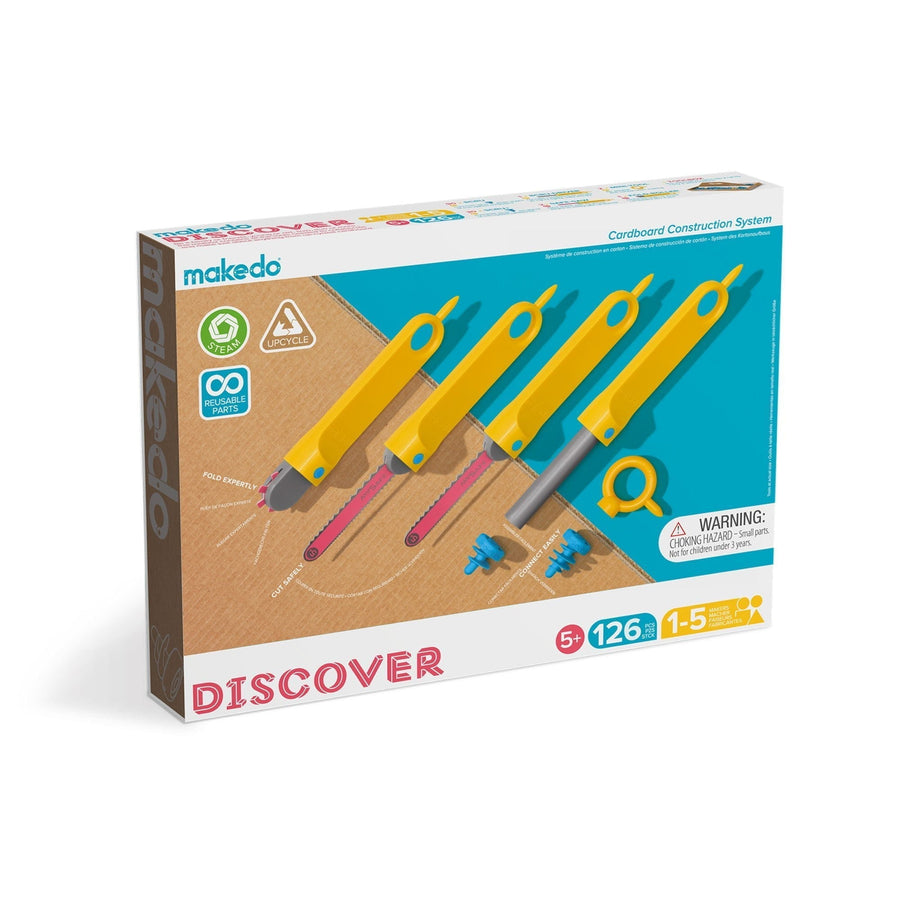Lab-Aids: Skeletal & Embryological Evidence for Revolutionary Relationships (Developed by SEPUP)
- Grades: 6+
- Number of Students: 32
This is a three part activity:
• Students first examine forelimb skeletons of six species to identify bones with homologous structures and functions. Although the fully formed limbs appear different on the outside, students are able to identify similarities at the skeletal level.
• Students then examine embryological development of limbs and notice many similarities between different species not obvious in the mature animals.
• Finally. students examine the development of whole embryos of different species to infer evolutionary relationships.
Accommodates unlimited classes, each with 8 groups of 4 students.
Product Includes:
8 sets of 12 Embryonic Limb Cards
8 sets of 20 Whole Embryo Cards
8 sets of colored pencils
32 Student Guides
1 Teacher's Guide
Classroom Planning:
Number of Students: maximum of 32 per class
Number of Groups: maximum of 8 groups of 4 students per class
Number of Classes: unlimited (no consumable materials)
Scientific Concepts:
-
NGSS Performance Expectations
MS-LS4-3: Analyze displays of pictorial data to compare patterns of similarities in the embryological development across multiple species to identify relationships not evident in the fully formed anatomy.
MS-LS4-2: Apply scientific ideas to construct an explanation for the anatomical similarities and differences among modern organisms and between modern and fossil organisms to infer evolutionary relationships.
-
NGSS Disciplinary Core Ideas
MS-LS4.A Evidence of Common Ancestry and Diversity:
Comparison of the embryological development of different species also reveals similarities that show relationships not fully evident in the fully formed anatomy.
Anatomical similarities and differences between various organisms living today and between them and organisms in the fossil record, enable the reconstruction of evolutionary history and the inference of lines of evolutionary descent.
-
NGSS Science and Engineering Practices
Analyzing and Interpreting Data: Analyze linear displays of data to identify linear and nonlinear relationships.
-
NGSS Crosscutting Concepts
Patterns: Graphs, charts, and images can be used to identify patterns in data.
Structure and Function: Complex and microscopic structures and systems can be visualized, modeled, and used to describe how their function depends on the shapes, composition, and relationships among its parts, therefore complex natural structures/systems can be analyzed to determine how they function.
-
Common Core State Standards—ELA/Literacy
RST.6-8.7: Integrate quantitative or technical information expressed in words in a text with a version of that information expressed visually (e.g., in a flowchart, diagram, model, graph, or table).
















